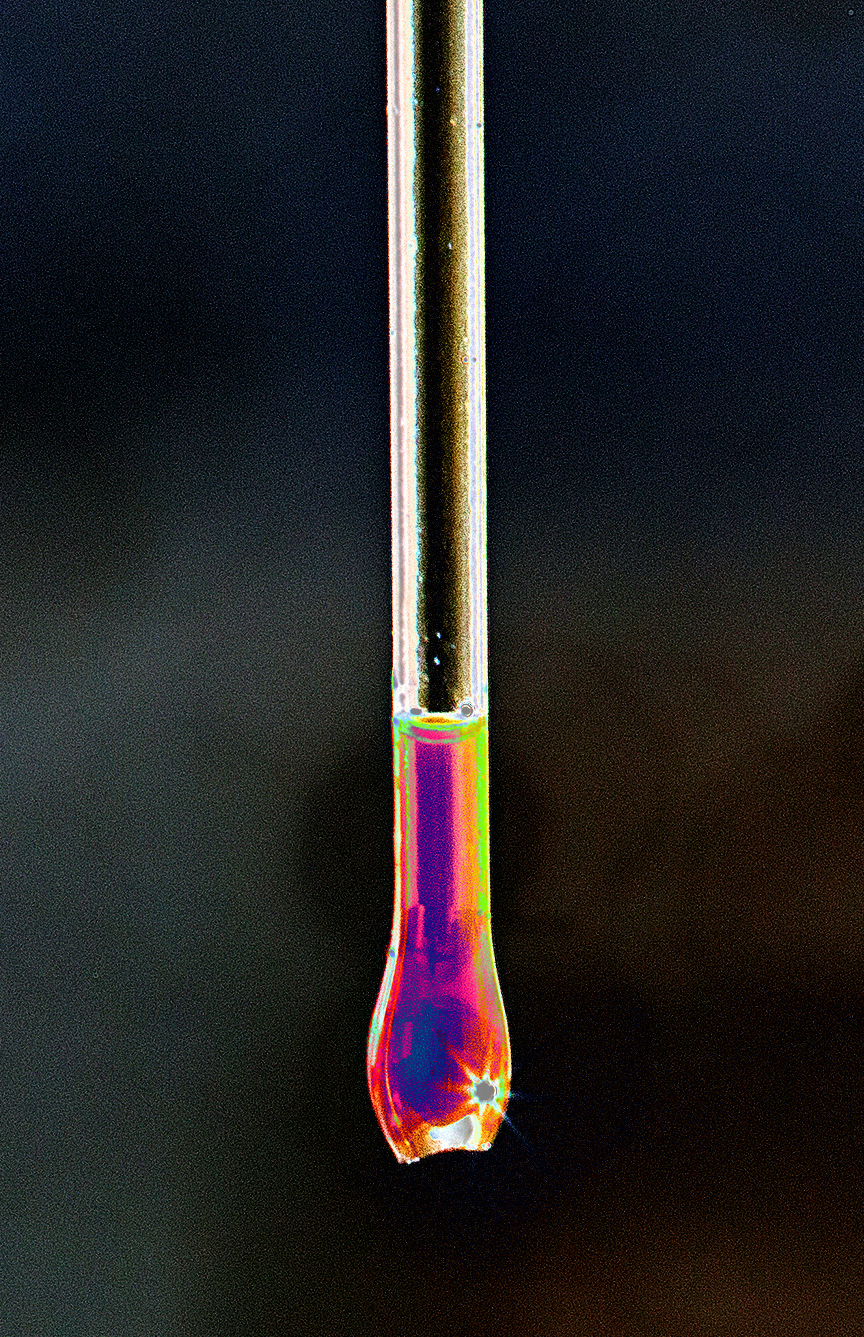CEFC backs waste power
 Federal funds are backing new green hydrogen technology that turns waste into energy.
Federal funds are backing new green hydrogen technology that turns waste into energy.
The Clean Energy Finance Corporation (CEFC) has announced a new investment in HydGene Renewables, an Australian company pioneering an innovative green hydrogen solution.
HydGene has developed a renewable and carbon-negative process that converts biomass into hydrogen using novel biocatalysts.
HydGene's technology utilises biocatalysts to convert sugars derived from organic waste, including agricultural waste, into valuable hydrogen.
The company's modular plants enable localised green hydrogen production in rural and remote areas, reducing the cost of transporting hydrogen.
The CEFC, through its Clean Energy Innovation Fund, has invested $2 million in HydGene's $6 million seed funding round.
The investment has attracted additional funding of $2.5 million from Agronomics, a specialist UK investor.
The funds will be used to establish a pilot plant, expand the team, and conduct further research.
Virescent Ventures, a specialist climate-tech venture capital manager, manages the CEFC investment.
HydGene, which originated from research at Macquarie University, has engineered bacteria to produce a highly efficient biocatalyst system that can be scaled up or down based on demand.
CEFC CEO Ian Learmonth says green hydrogen technologies are crucial in the transition to a low-emissions economy. He expressed excitement about supporting HydGene's innovative technology, which contributes to Australia's green hydrogen industry and the global drive toward a net-zero economy.
HydGene CEO Dr Louise Brown expressed gratitude for the support from Agronomics and the CEFC.
Virescent Ventures partner Blair Pritchard emphasised the demand for green hydrogen and the need to expand its production to various geographical locations.
He praised HydGene's technology for using organic waste streams and improving soil health, offering a decentralised solution to energy generation, fuel supply, and waste management.
HydGene's solution is well-suited for markets with abundant feedstock supply and waste, such as agriculture, forestry, paper, pulp, and food industries.
The hydrogen production process is automated and feedback-controlled, eliminating storage concerns and enabling on-site deployment for end users.
Australia aims to become a global hydrogen leader by 2030, with projections of generating $50 billion in additional GDP and creating thousands of jobs.
The recently announced Hydrogen Headstart program, supported by the CEFC, will provide revenue support and bridge the commercial gap for early hydrogen projects.
HydGene joins the CEFC hydrogen portfolio alongside Hysata and Ark Energy, with further growth expected through the Hydrogen Headstart program.
The company was formed as a spinout from Macquarie University, receiving funding as part of an ARENA 2018 program to drive innovation in renewable energy.







 Print
Print